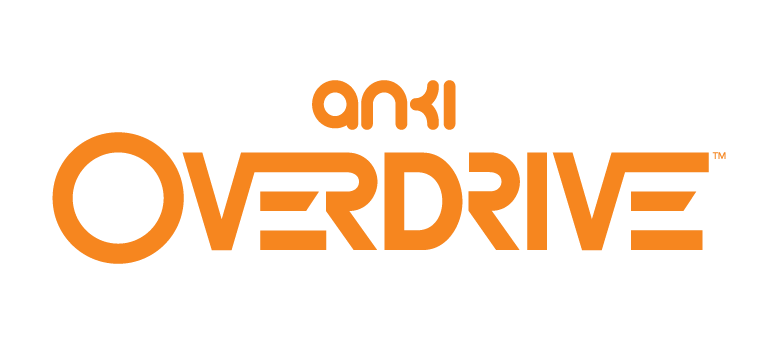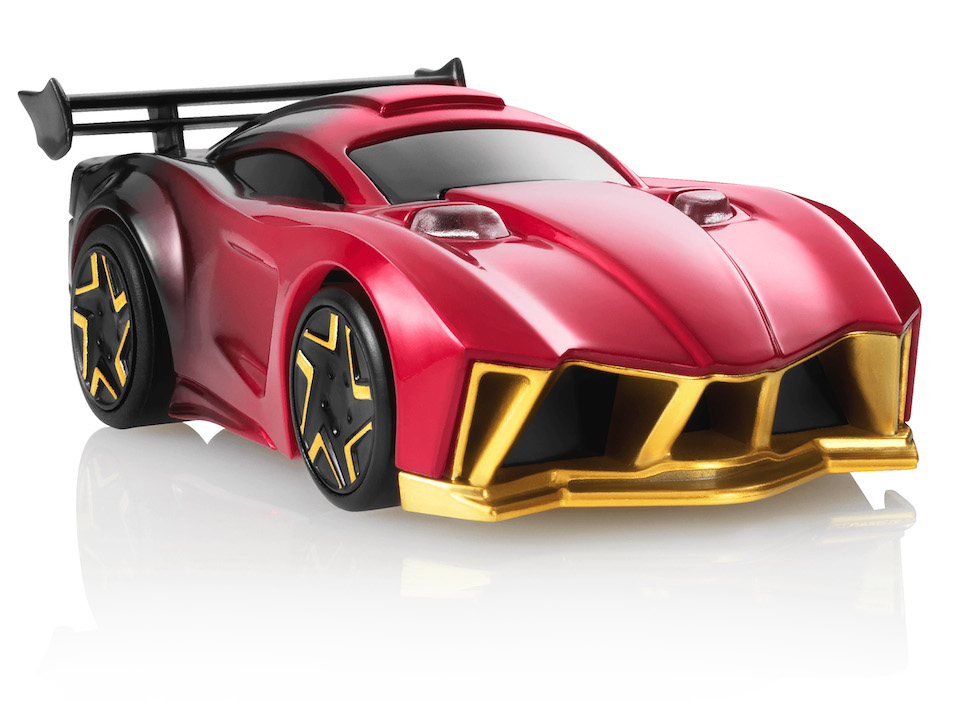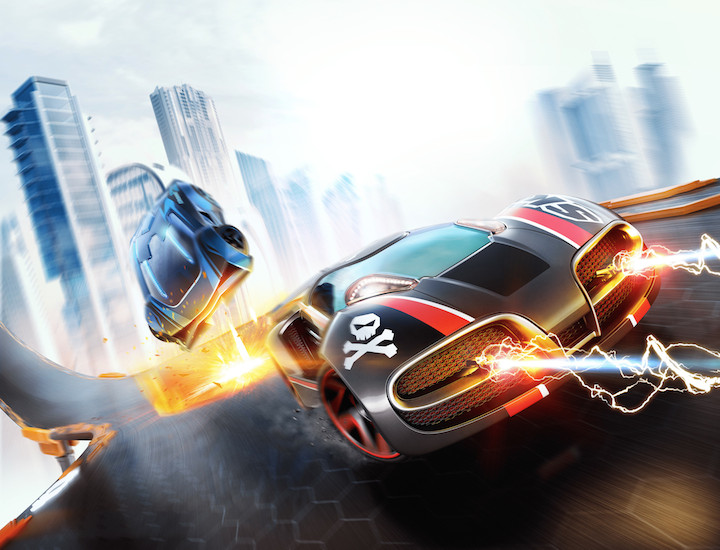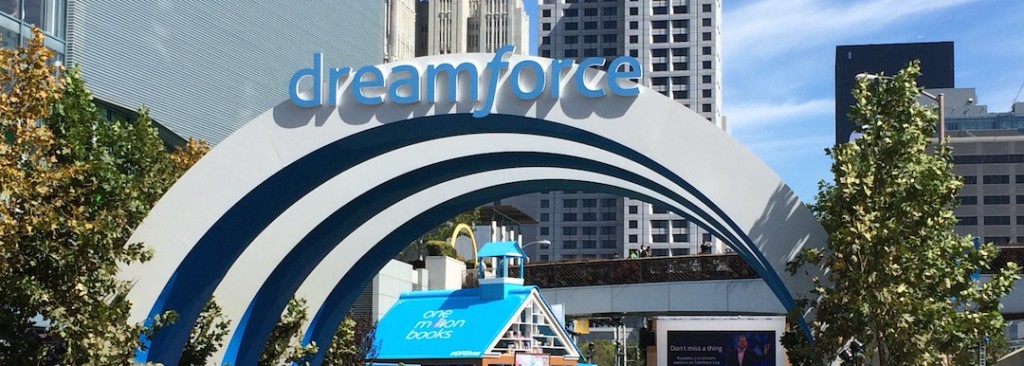
After Day 1 of Dreamforce, I wrote about the most effective booth giveaway that I saw at the Cloud Expo. After Day 3, I have some questions about three more giveaways.
****
Being The Cool Kid – For All The Wrong Reasons
I discovered another reason why a giveaway of socks is clever. It’s something that your booth visitors will use and remember, but it’s not so generous that demand will overwhelm your booth.
The disadvantage of great swag occurred to me as I passed MuleSoft’s booth again. As usual there was a long line, even though the expo was fairly quiet. Booth visitors were hoping to win a sweatshirt.
The line ran all the way past the MuleSoft booth. It took me a minute to work my way into the half of the booth not devoted to the giveaway. There, a single staffer was manning an empty demo station.
Are a lot of people asking you for demos? I inquired. What is it MuleSoft does, anyway?
He told me that the company makes APIs, and he thought about 25% of visitors sought him out after winning their prize. They would have had to seek him out – with this crowd, the demo was cut off from the trade show floor.
Is MuleSoft getting good value with its generous giveaway? The people in line are only there for the sweatshirts. Writer David Raether coined the term “swag hog” for an attendee who is more interested in free stuff than in business.
If the person in your booth isn’t interested in what you have to say, why give them a valuable item and (more importantly) your valuable time? Is MuleSoft getting enough brand value from people wearing their hoodies after the show?
MuleSoft is the cool kid of Dreamforce, but possibly for the wrong reason. They are attracting swag hogs who are there to take, not to engage. Perhaps the company is okay with this. Either way, it’s a good lesson for the rest of us thinking about our future promotions.
What is the balance between a good giveaway and a too-good giveaway?
****
Your Two Cents? Times 100
I bent down to pick up a trade show giveaway I saw on the ground. It was this.
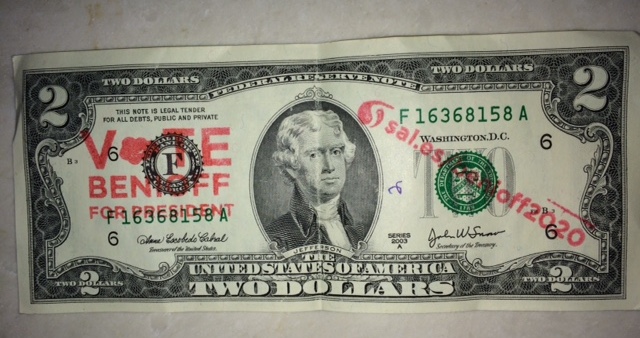
The landing page is a tongue-in-cheek petition to elect Marc Benioff president created by SalesLoft. A $2 bill meets most of the tenets of the MEDICAL method and, as part of a guerrilla campaign, earned some viral attention today. So on one hand, well done.
On the other hand, I’m not certain if this approach is informative. I assumed this was the promotion of an agency or other creative, when in fact SalesLoft provides prospecting automation. As of this writing, this campaign has 106 sign-ups – which may or may not be a good number of prospects with one day left in the show. And there’s a (remote) risk as well.
So I honestly can’t decide how I feel about this one. What do you think – brilliant, or flat?
****
A Robot On Replay
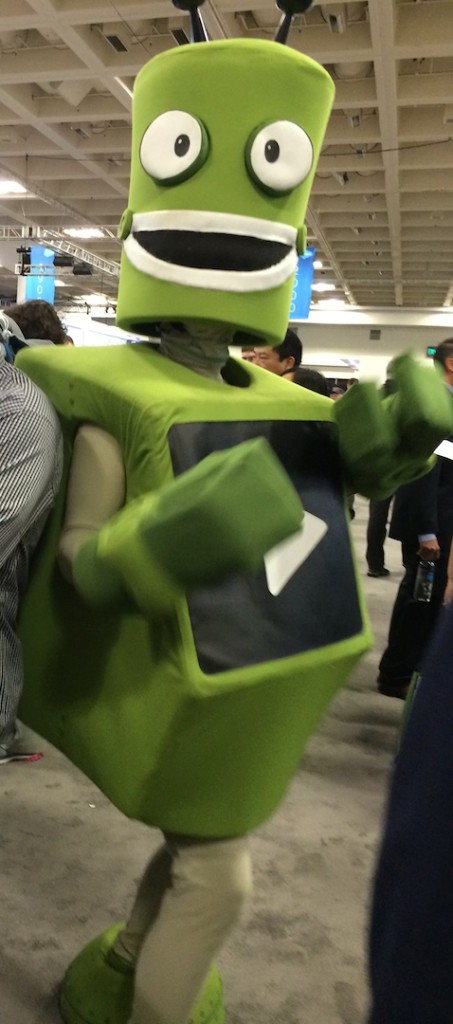 On Tuesday, I noticed this robot and couldn’t discover what it was promoting. I figured it out today.
On Tuesday, I noticed this robot and couldn’t discover what it was promoting. I figured it out today.
The robot belongs to Vidyard, a company that provides detailed viewer data for video marketing. I know because I spotted the robot again at Vidyard’s booth, where the CEO was doing barista duty. He gave me a cup of coffee at a critical nadir in my personal energy levels and told me about the company.
A fairly generic mascot and a totally generic cup of coffee. On Tuesday, I implied that these kinds of trade show tactics were individually not likely to be very memorable. But today, together, they made an impression.
So I was wrong to think they were ineffective. Maybe it’s more important for your trade show tactics to be frequent and varied than to be totally unique. What do you think?
I’m particularly interested to see how Vidyard follows up the show. I’ll report back on their lead nurturing effort in several weeks.


